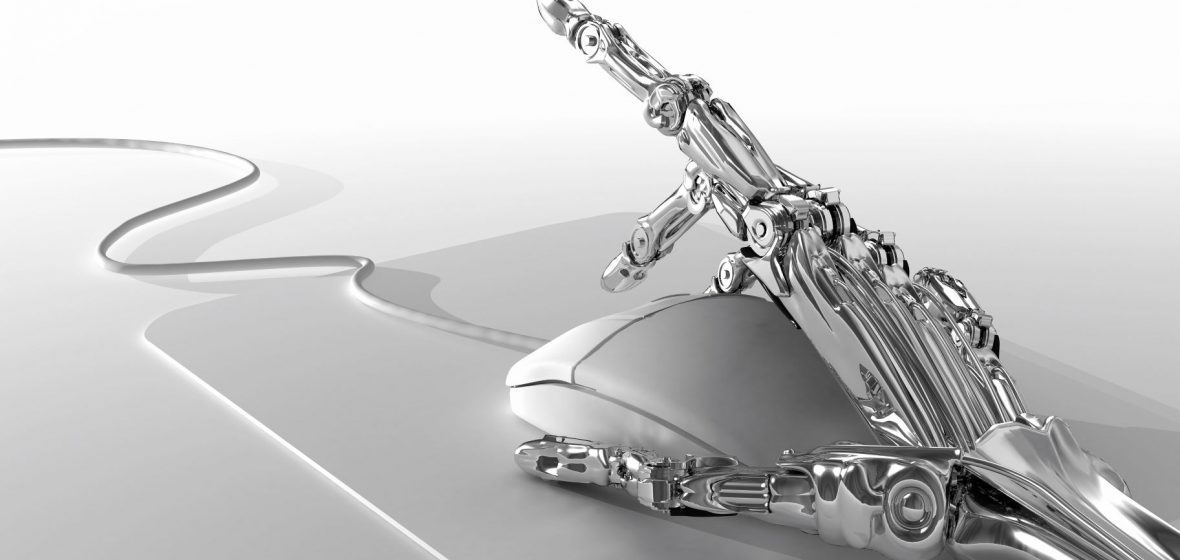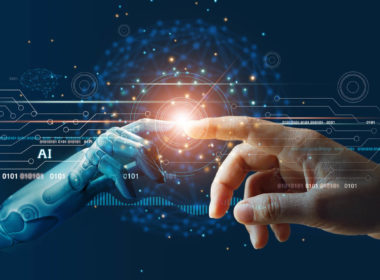Snapshot
- The NSW Ombudsman has noticed a growth in the number of complaints that have been traced to the use of technology. This was the impetus for a recent report which highlights some of the challenges in applying administrative law to technology use.
- Machine technology that assists with or replaces human activity is widely used in both the private and public sectors.
- Public sector use of this technology must comply with administrative law principles that were developed to apply to the exercise of administrative functions by humans.
The use of technology to assist or replace human decision-making or deliberation is not a new phenomenon. While there are numerous benefits to this development, the rate at which technology is evolving and being deployed has led to many scenarios where it may be difficult to apply established legal principles. This is happening in a range of legal disciplines. For example, the Full Court of the Federal Court in Commissioner of Patents v Thaler [2022] FCAFC 62 considered whether an artificial intelligence machine can be an ‘inventor’ for the purposes of the Patents Act 1990 (Cth). Another example is the NSW Civil and Administrative Tribunal application for access to the source code for software used by a government department to calculate rental subsidies for social housing (O’Brien v Secretary, Department Communities and Justice [2022] NSWCATAD 100).
The challenge of applying existing legal principles to novel technological scenarios is particularly acute when technology is used by governments to exercise statutory administrative functions. The NSW Ombudsman’s Office has noticed a growth in the number of complaints that have been traced to the use of technology. This was the impetus for the NSW Ombudsman’s November 2021 special report to Parliament (‘Report’) on this topic: The new machinery of government: using machine technology in administrative decision-making.
The Report addresses a broad range of issues relevant to the design and use of machine technology in the exercise of statutory administrative functions. ‘Machine technology’ is used in the Report ‘to refer to a broad cluster of current and future systems and processes that, once developed, run with limited or no human involvement, and whose output can be used to assist or even displace human decision-making’ (Report, 14).
It is not possible to discuss all the issues raised in the Report, but three areas of particular interest for the legal profession are:
- the legal basis upon which government agencies may use machine technology in the exercise of these functions;
- the extent to which machine technology might be used in the exercise of discretionary functions; and
- the importance of involving lawyers in the design, use and monitoring of machine technology.




